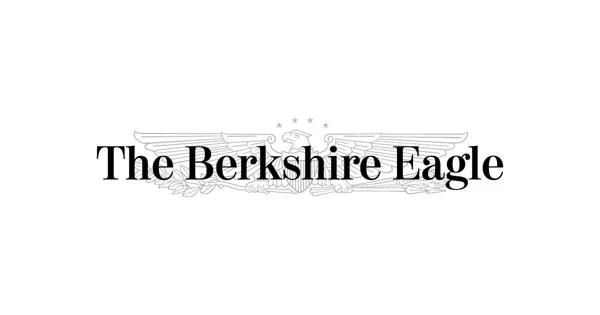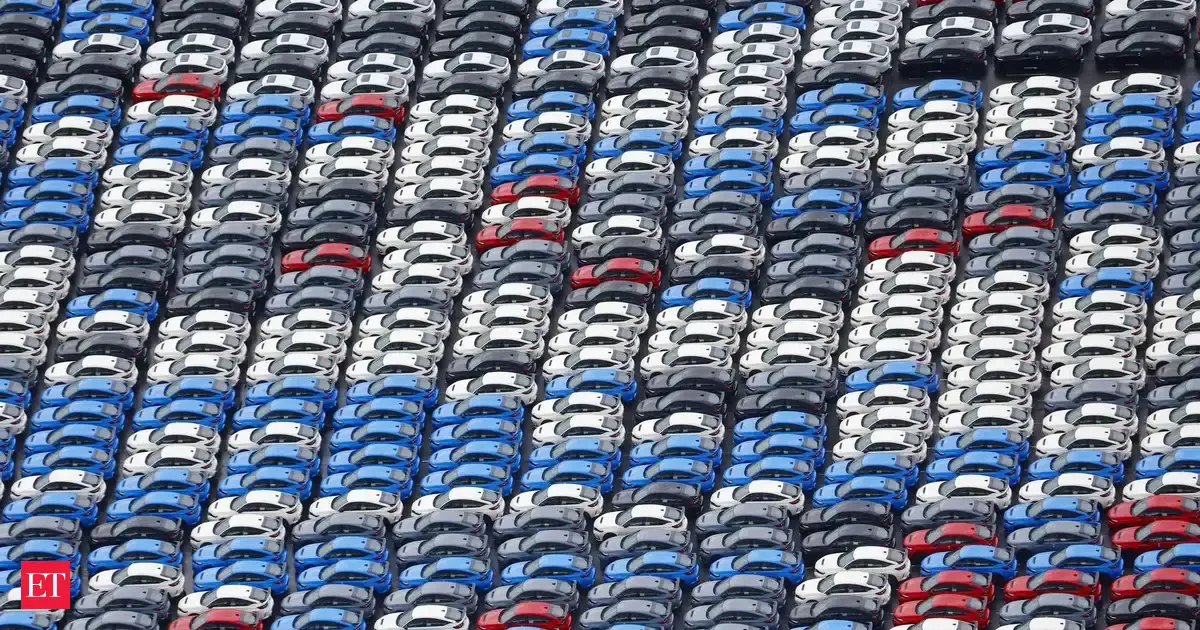By AdWorld
Copyright adworld

Aaron Poole, marketing executive, PML Group with this week’s Out \ Look on Out of Home.
Walk through any Irish city today and you’ll see how Out of Home connects the dots between daily journeys. A bold billboard at a busy junction, a bus shelter ad where commuters wait, a transport wrap in motion, and a digital panel catching attention in a shopping centre. This layered presence is not accidental. Multi-format campaigns are at the heart of how OOH works, creating brand stories that are encountered in more than one place, more than one way, and often more than once in a single day.
Partnering with Ipsos, we set out to measure how people respond to that variety of encounter. In this, the first of a 3-part series, the findings confirm what we have long seen in award-winning campaigns: multi-format OOH is not only effective in reach but is valued by audiences themselves.
Enjoyment is a particularly telling outcome. Kantar’s Media Reactions study in 2023 showed a 90% correlation between the channels that capture attention and those where consumers actually prefer to see ads. Among the 16,000 surveyed worldwide, in-person media topped the rankings, with OOH and DOOH consistently placed among the five most favoured channels. Unlike many advertising environments, Outdoor is distinctive in being both highly visible and positively received. Its visual scale, creative flexibility and integration into public spaces give it a quality of belonging, it is experienced as part of the environment rather than an interruption.
That context helps explain why 65% of Dublin respondents said they enjoy seeing outdoor ads in different places and formats. Among younger audiences the figure climbs higher still, with 76% of 16–24s agreeing, indexing at 117 versus the total sample. Enjoyment may seem like a soft measure, but in practice it signals receptivity – a willingness to pay attention, remember, and act.
Attention itself has been the subject of much debate in recent years. Karen Nelson-Field’s neuro-consortia Amplified has distinguished between active and passive attention: active attention being direct, conscious engagement, and passive attention being subconscious awareness triggered by unavoidable cues. OOH is primed to capture both. Classic formats deliver passive attention through unavoidable presence in shared environments, while data-enabled digital formats increasingly invite active engagement through interactive mechanics such as QR codes, augmented reality, or dynamic creative delivered through our Liveposter platform.
The research results bear this out. Seven in ten respondents (71%) agreed that seeing ads across different formats makes them easier to remember, with younger adults again leading the way 77% of 16–24s (index 108) and 75% of 25–34s (index 105) citing improved recall. Similarly, 71% felt that seeing the same campaign in more than one place makes the message clearer. Female respondents were slightly more likely to highlight this clarity benefit (74% versus 69% among men), reinforcing the role of OOH in simplifying brand messages in categories where decision-making is often complex and reinforcing memory by appearing consistently in the physical world.
Clarity is another cornerstone. 71% of respondents said that seeing outdoor ads more than once or in different ways makes the message clearer. Clarity may not always steal the spotlight, but without it, any incremental reach or attention can fall flat. When multiple formats reinforce one message, it doesn’t feel repetitive, it feels coherent.
The gender split here is instructive. 74% of women versus 69% of men highlighted clarity as a benefit. That distinction speaks volumes for sectors like FMCG and retail, where female decision-makers often juggle multiple considerations mid-journey. Our Reframing Retail Media series showed how OOH influences shoppers not just at the point of purchase, but before the aisle. Campaigns that span forecourts, mall entrances, and in-store environments embed brands into pre-shopping journeys, ensuring they are recalled at the exact moment they matter. When creative arrives in context, its clarity transforms into influence.
The most compelling campaigns aren’t simply running multiple formats, they are running messages that feel native to environment. This layered clarity builds trust, reduces choice friction, and helps turn awareness into action. A campaign that appears on a billboard, is repeated on a bus shelter, and then reappears in a retail setting doesn’t feel fragmented. It feels unified, consistent and clear. That consistency is what allows OOH to act as an effective storytelling channel, guiding consumers seamlessly from awareness to purchase.
These findings show how multi-format OOH builds the very foundations of effectiveness. It is enjoyed, remembered and understood – three attributes that are increasingly scarce in advertising yet vital for business outcomes. Younger audiences, often considered the hardest to reach, consistently over-index on these measures, while female respondents highlight the clarity advantage that OOH brings to brand storytelling.
Multi-format planning, therefore, is not a tactical add-on. It is a strategic approach that amplifies every element of a campaign, ensuring that messages are not only seen but also received in a positive, memorable and coherent way. As brands face into a marketplace where digital clutter and audience fragmentation are the norm, the ability of OOH to deliver enjoyment, memorability and clarity across multiple touchpoints is a competitive advantage.
This is the first chapter in The Multi-Format Effect. Next time, we will move from these foundations to the behaviours they drive, exploring how multi-format OOH translates visibility into noticeability, curiosity and conversation. In its concluding week, we will close the loop by examining how context and relevance turn familiarity into action.
Avonmore Amplifies Vitamin D Message with Impactful Multi-Format OOH Strategy
Avonmore exemplifies a forward-thinking brand leveraging a multi-format OOH strategy to connect with consumers at key moments throughout their day. By enhancing mental availability and delivering timely reminders at the point of sale, the cycle 19 campaign effectively drives both brand recall and purchase intent.
The campaign aligns with FSAI research revealing that 90% of people in Ireland don’t get enough vitamin D through diet alone. Through its Outdoor communications, Avonmore aims to educate consumers on the importance of vitamin D across all life stages. The creative speaks to this by featuring family at its core.
The campaign is created by Goosebump and planned by dentsu and can currently be seen on large format billboards, retail Purchase Points and mall digital, including iVision, dPod and DX Screens.



